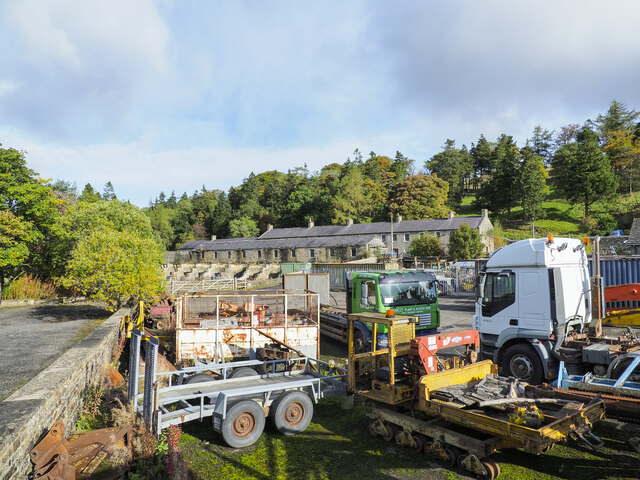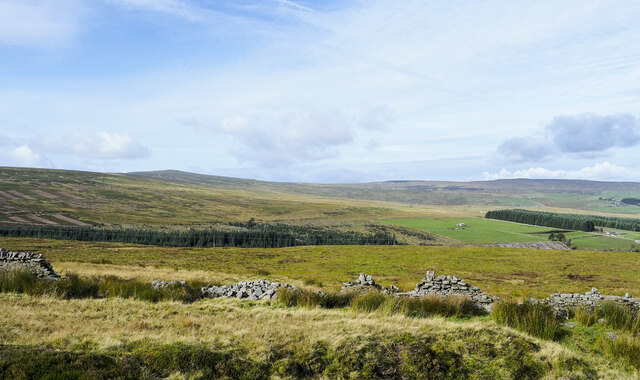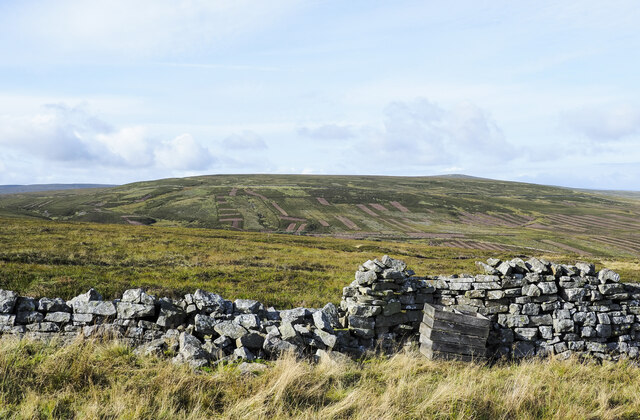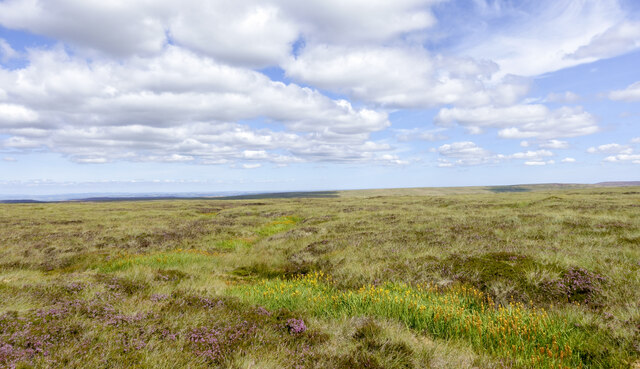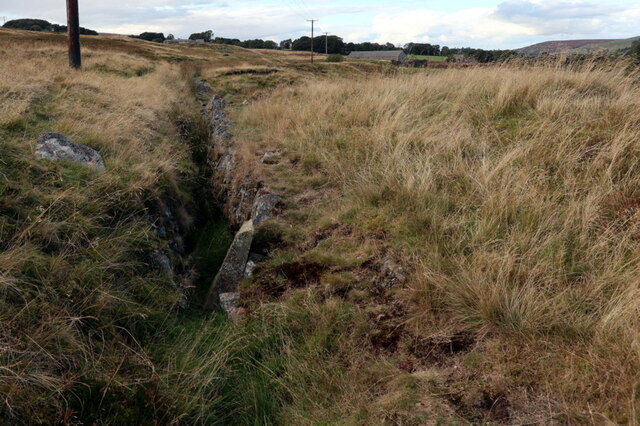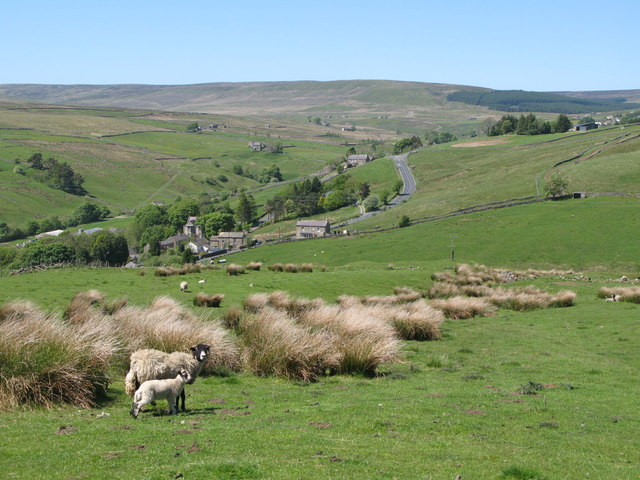Goat Cleugh
Valley in Northumberland
England
Goat Cleugh
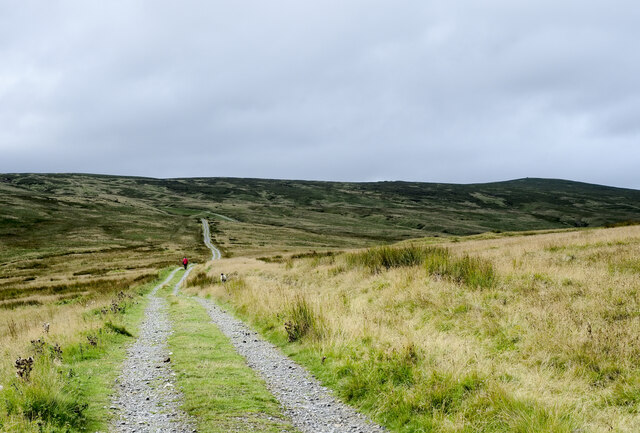
Goat Cleugh is a picturesque valley located in the county of Northumberland, England. Situated in the northern part of the county, it is known for its stunning natural beauty and tranquil surroundings. The valley is nestled between rolling hills and is characterized by its lush greenery, meandering streams, and diverse wildlife.
The name "Goat Cleugh" originates from the Old Norse language, with "cleugh" meaning a narrow, steep-sided valley. This aptly describes the topography of the area, as the valley is indeed narrow and enclosed by steep slopes on either side.
The valley is a popular destination for nature lovers and hikers, offering numerous walking trails that showcase the area's natural wonders. Visitors can explore the valley's dense woodlands, where oak, ash, and beech trees dominate the landscape, providing habitat for various bird species and small mammals.
One of the highlights of Goat Cleugh is the presence of several cascading waterfalls, which add to the valley's charm and serenity. These waterfalls are fed by the streams that flow through the valley, creating a peaceful ambiance and providing an ideal spot for relaxation and contemplation.
Although Goat Cleugh is predominantly a rural area, there are a few scattered farms and cottages, adding to its idyllic countryside atmosphere. The valley offers a peaceful retreat away from the hustle and bustle of modern life, allowing visitors to reconnect with nature and enjoy the tranquility it provides.
In conclusion, Goat Cleugh is a stunning valley in Northumberland, renowned for its natural beauty, walking trails, cascading waterfalls, and abundant wildlife. It is a haven for nature enthusiasts seeking a peaceful escape in the heart of the English countryside.
If you have any feedback on the listing, please let us know in the comments section below.
Goat Cleugh Images
Images are sourced within 2km of 54.796892/-2.2254048 or Grid Reference NY8544. Thanks to Geograph Open Source API. All images are credited.
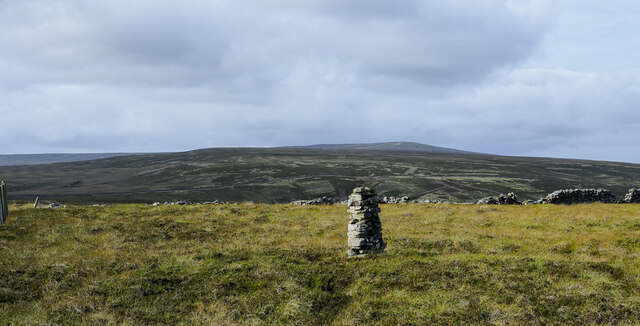
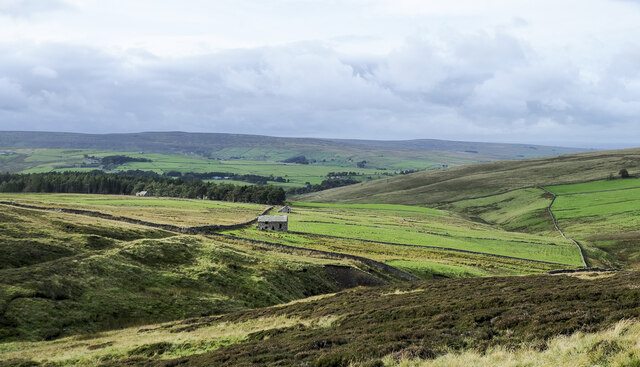
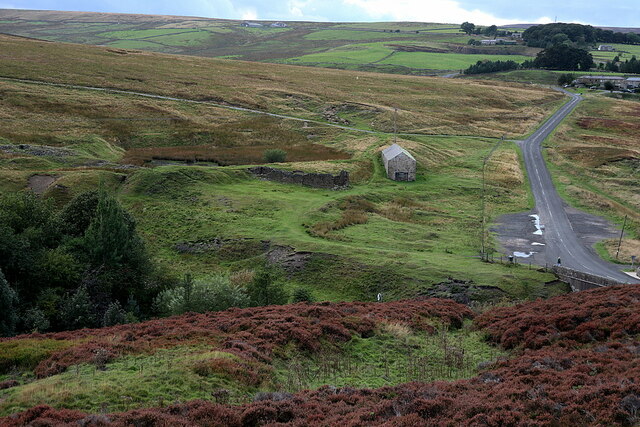
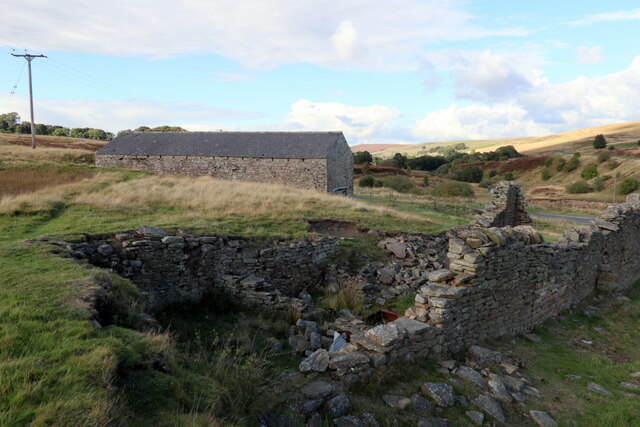
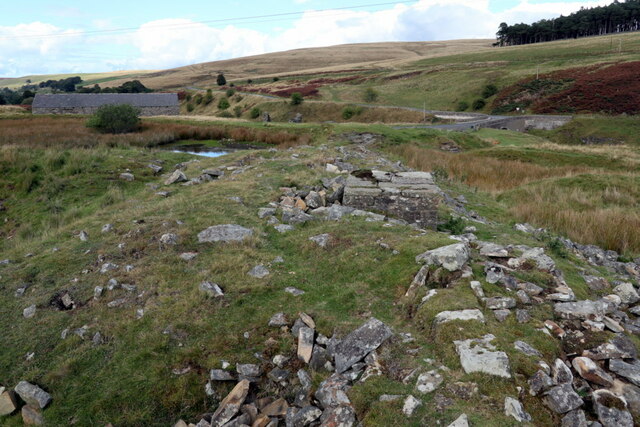
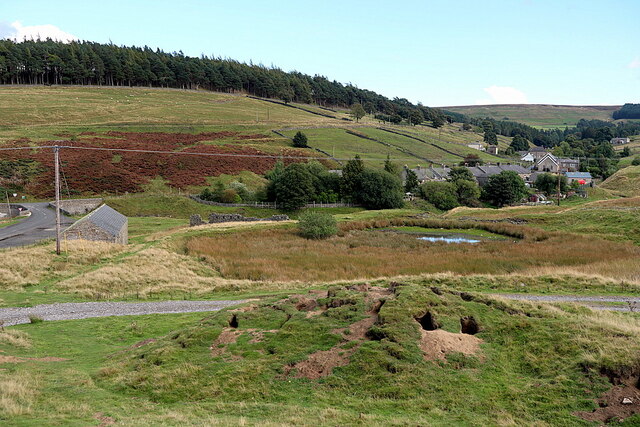
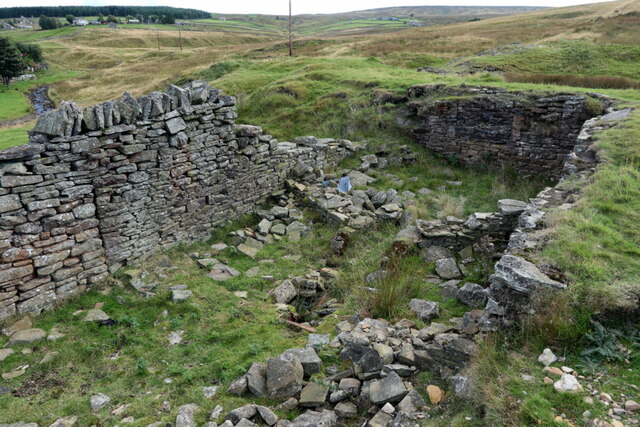
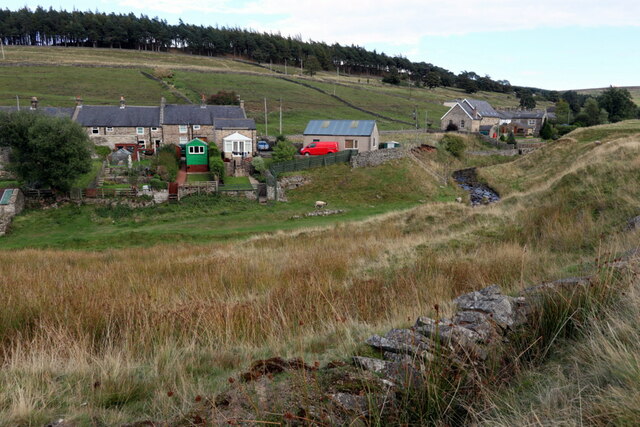
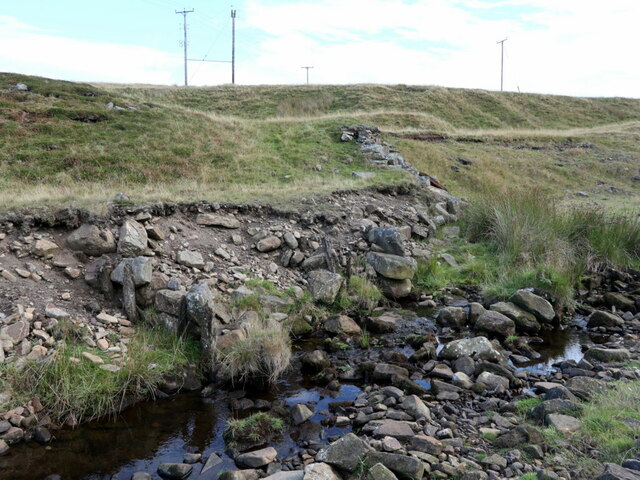
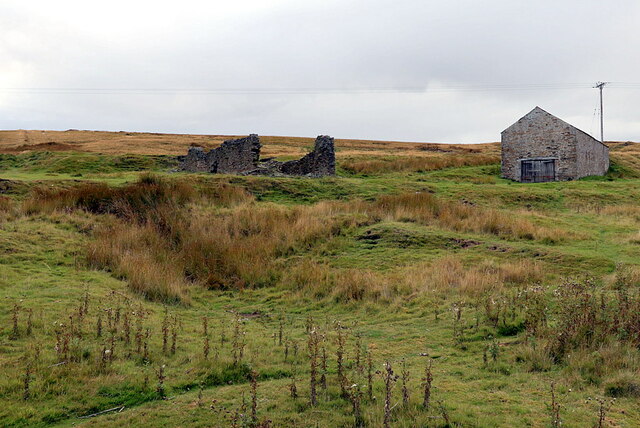
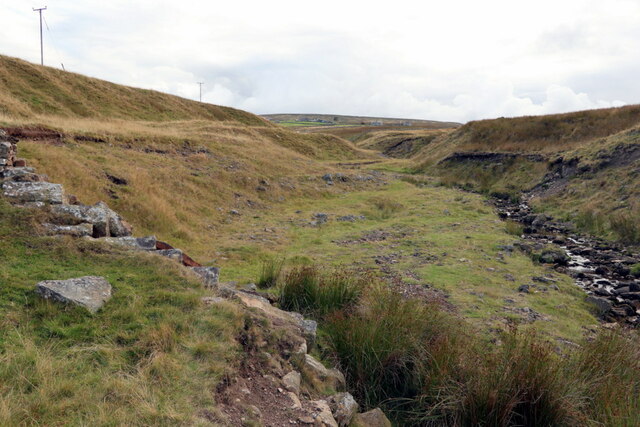
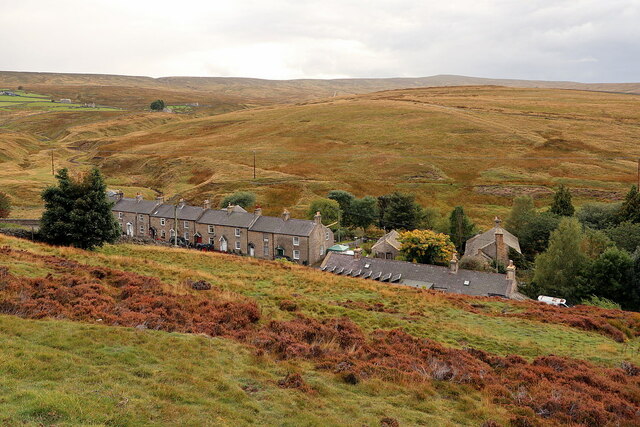
Goat Cleugh is located at Grid Ref: NY8544 (Lat: 54.796892, Lng: -2.2254048)
Unitary Authority: Northumberland
Police Authority: Northumbria
What 3 Words
///rear.lunging.tastes. Near Alston, Cumbria
Nearby Locations
Related Wikis
Allenheads
Allenheads is a former mining village in the Pennines to the north of Weardale in Northumberland, England. Lead extraction was the settlement's industry...
Lanehead
Lanehead is a hamlet in the civil parish of Stanhope, in County Durham, England. It lies at the head of Weardale, approximately 2 km west of Cowshill....
Cornriggs Meadows
Cornriggs Meadows is a Site of Special Scientific Interest in Upper Weardale in north-west County Durham, England. It consists of a group of fields, located...
Cornriggs
Cornriggs is a hamlet in the civil parish of Stanhope, in County Durham, England. It is situated on the north side of Weardale in the North Pennines,...
Killhope
Killhope is a small settlement at the very highest end of Weardale in the civil parish of Stanhope, in County Durham, England. Killhope Pass, the road...
Old Moss Lead Vein
Old Moss Lead Vein, also known as Killhope Head, is a Site of Special Scientific Interest in the Wear Valley district of County Durham, England. It consists...
Cowshill
Cowshill is a village in the civil parish of Stanhope, in County Durham, England. It is situated at the top of Weardale, between Lanehead and Wearhead...
Copthill
Copthill is a village in the civil parish of Stanhope, in County Durham, England. It is situated on the north side of Weardale, between Cowshill and Cornriggs...
Nearby Amenities
Located within 500m of 54.796892,-2.2254048Have you been to Goat Cleugh?
Leave your review of Goat Cleugh below (or comments, questions and feedback).
